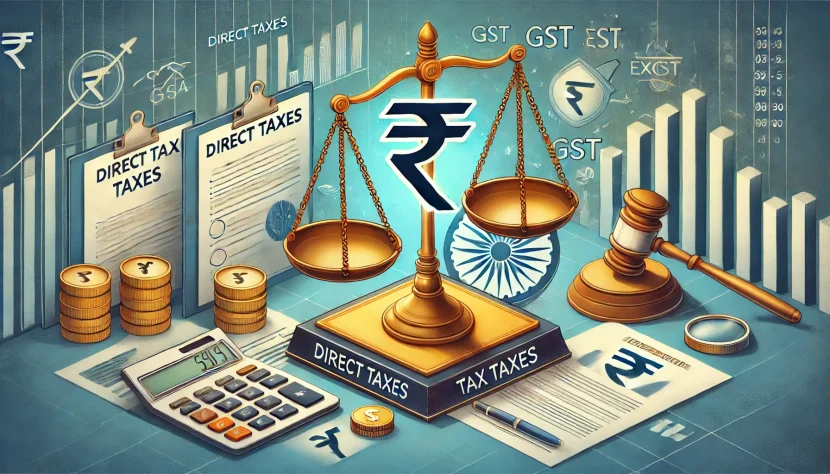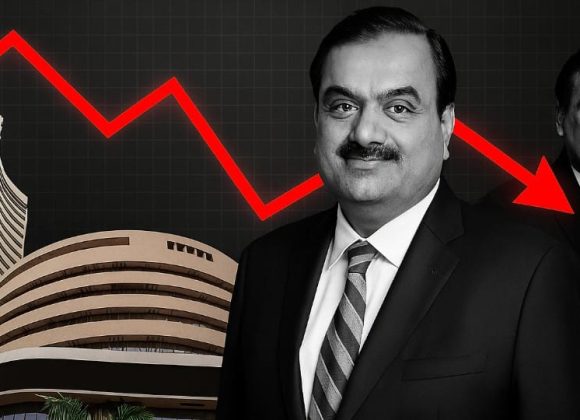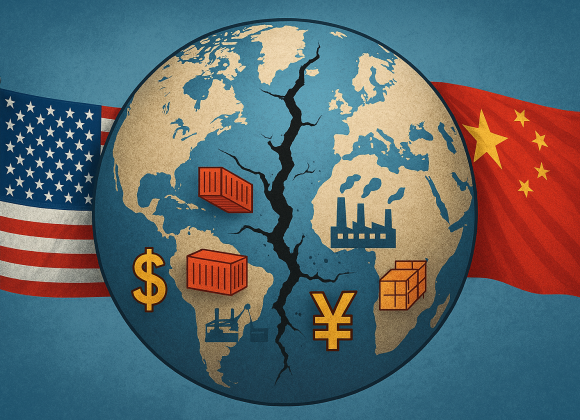Economic inequality in India has been a persistent challenge, with a significant gap between the wealthy elite and the lower-income population. Despite rapid economic growth, wealth remains concentrated in the hands of a few, while a large section of society struggles with low wages, limited access to quality healthcare, and inadequate social security. According to reports, the top 10% of India’s population owns more than 70% of the country’s total wealth, highlighting the stark disparity. According to the Forbes Billionaire Index, India’s top 1% had access to a staggering 40.1% of national wealth, further emphasizing the extreme concentration of financial resources among the richest individuals.
One of the key tools to address this inequality is taxation. A well-structured tax system ensures that wealth is distributed more equitably, with the affluent contributing a fair share to national development. By imposing progressive taxes, where higher-income individuals pay a larger percentage, and ensuring that indirect taxes do not disproportionately burden the poor, governments can bridge economic gaps and promote social welfare.
Understanding India’s Tax System
India’s tax system is structured to generate revenue for public services while promoting economic stability and development. It is broadly classified into direct taxes and indirect taxes, each with its own impact on wealth distribution and economic inequality.
1. Direct Taxes
| Income Tax | Corporate Tax | Capital Gains Tax |
| Levied on individuals, and businesses | Paid by companies on their profits. | Applied to profits earned from the sale of assets like property, stocks, and bonds. |
| Follows a progressive tax structure, where higher incomes are taxed at higher rates (up to 30%) | The corporate tax rate in India is 22% for domestic companies and 15% for new manufacturing firms, among the lowest in the world. | Frequent tax rate reductions for large corporations have sparked debates about wealth concentration. |
| However, tax evasion and loopholes allow many high-income earners to avoid paying their fair share. | Long-term capital gains from equities (above ₹1 lakh) are taxed at 10%, while short-term gains attract 15%. | A major concern is that wealthy investors often exploit tax exemptions on capital gains, further widening the wealth gap. |
2. Indirect Taxes
These taxes are considered regressive, as they apply uniformly to everyone, impacting lower-income groups more than the rich.
| Goods and Services Tax (GST) | Excise and Customs Duties |
| Replaced multiple indirect taxes to create a unified tax system. | Excise duty is levied on goods manufactured in India (e.g., fuel, alcohol, tobacco). |
| Multiple tax slabs (5%, 12%, 18%, and 28%) mean essential goods are taxed lower, while luxury items attract higher rates. | Customs duty is charged on imports and exports. |
| However, GST on essential goods and high compliance costs for small businesses make it a burden on the poor and middle class. | High excise taxes on petrol and diesel have led to inflationary effects, disproportionately affecting low-income groups. |
How Tax Policies Affect Economic Inequality
In India, the structure of direct and indirect taxes, as well as the presence of tax exemptions and loopholes, significantly impact wealth distribution. A well-balanced tax policy can help bridge the income gap, while an inefficient or regressive system may deepen economic disparities.
1. Progressive vs. Regressive Taxation
- Progressive Taxes: Taxes that increase with income, ensuring the wealthy contribute a larger share. (e.g., income tax, corporate tax)
- Regressive Taxes: Taxes applied equally to everyone, disproportionately affecting lower-income groups. (e.g., GST, excise duty)
2. Impact of Direct Taxes on Economic Inequality
Income Tax and Redistribution
- A progressive income tax structure helps redistribute wealth by taxing higher-income earners at higher rates.
- However, tax evasion and loopholes allow many wealthy individuals to avoid paying their fair share.
Corporate Tax and Wealth Accumulation
- Lower corporate tax rates (22% for domestic companies, 15% for new manufacturing firms) benefit large businesses but may reduce government revenue needed for social programs.
- Tax incentives for corporations often favor large firms over small and medium enterprises (SMEs), increasing inequality.
Capital Gains Tax and the Wealthy
- A lower capital gains tax (10% on long-term stock gains) benefits investors, who are often from wealthier segments of society.
- Many high-net-worth individuals shift income sources to capital gains to minimize tax liabilities, widening the wealth gap.
3. Impact of Indirect Taxes on Economic Inequality
GST: A Regressive Burden on the Poor
- Although GST has streamlined taxation, it disproportionately impacts lower-income households, as they spend a higher share of their income on consumption.
- High 18%–28% GST rates on essential services (e.g., mobile bills, insurance) further burden middle-class and lower-income groups.
Excise Duty and Inflation
- High excise duty on fuel increases transportation and goods costs, leading to inflation that affects the poor the most.
- Luxury tax exemptions on high-end goods create an unfair tax advantage for the wealthy.
- Luxury tax exemptions on high-end goods create an unfair tax advantage for the wealthy.
4. Tax Evasion and Loopholes
❌ Wealthy Individuals and Corporations Exploit Tax Loopholes
- Many rich individuals avoid paying high income tax through offshore accounts, trusts, or exemptions.
- Large corporations often use tax havens and complex structures to lower their tax burden.
✅ Limited Tax Base and Overburdened Middle Class
- Less than 5% of India’s population pays income tax, placing a heavier burden on salaried professionals and small businesses.
- Expanding the tax base could reduce dependence on indirect taxes, benefiting the lower-income groups.
Author’s View
Economic inequality in India deepens poverty, restricts access to education and healthcare, and slows economic growth. It fuels social unrest, crime, and political instability, as wealth concentration leads to policy manipulation and corruption. This inequality hampers inclusive development, creating long-term challenges for social and economic progress.
Reducing inequality is crucial for social stability and economic growth, as it ensures better access to opportunities and prevents social unrest. Taxation plays a key role by redistributing wealth through progressive taxes and funding essential services like education and healthcare. Effective tax policies create a fairer society, narrowing the gap between rich and poor while promoting sustainable development.




